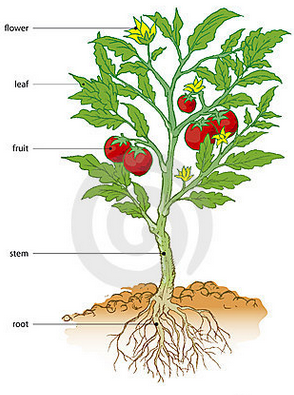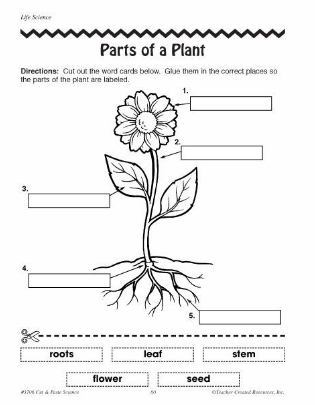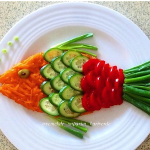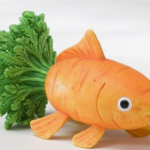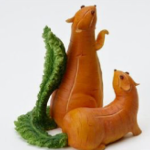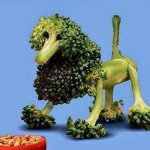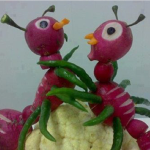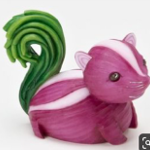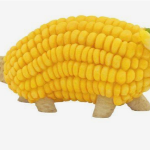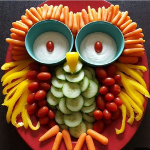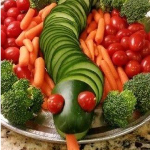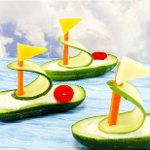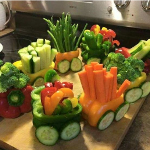Oxbow At Home: Eat Your Veggies

Objective
This lesson is designed to introduce students to the basic parts of a plant, different types of seeds, and to dissect a vegetable.
Outline:
- Introduction
- Parts of a Plant
- Seed Breeds
- Let’s be Brief about the Leaf
- Under the Skin – Dissect a Bell Pepper
- Beneath the Ground, Vines Abound, or Jack the Beanstalk
- Veggie Snacks
- Conclusion
- Reflection and Review
- Additional Resources
Standards
Kindergarten
- SKL2. b. Construct an argument supported by evidence for how plants can be grouped according to their features.
First Grade:
- S1L1. Obtain, evaluate, and communicate information about the basic needs of plants and animals.
- S1L1.a. Develop models to identify the parts of a plant—root, stem, leaf, and flower.
Second Grade:
- S2L1. Obtain, evaluate, and communicate information about the life cycles of different living organisms.
Eat Your Veggies
Parts of a Plant
Study the diagram below and then see if you can label the parts of the plant on the blank page.
Why is the mushroom always invited to parties?
He’s a fungi
Life Cycle of a Plant
Most plants start their life cycle as a seed. If a plant has the requirements that it needs for survival, it will begin to sprout and then roots will begin forming before leaves sprout above the soil. The plant will continue to grow bigger and bigger leaves and grow taller until the plant flowers. Plants need pollinated in order to reproduce, and flowers produce pollen. Lastly, a plant will develop their seeds, and will sometimes even grow pods or fruits with seeds inside.

We All Have Needs – What does a Plant Need for Survival?
All plants need sunlight, water, soil, and carbon dioxide to survive.

Seed Breeds
Vegetables are one group of plants. Vegetables include carrots, potatoes, tomatoes, peppers, peas, broccoli, and so many more varieties. Let’s look at a few different types of seeds and look at their size, shape, and color.
Video Review
What shapes did you see looking at the seeds in the video?
What colors were some of the seeds?
Was the appearance of any of the seeds shown in the video surprising or interesting to you?
Why?
Let's be Brief about the Leaf
An important part of a plant is its leaves. A plant uses a process called photosynthesis to create or “produce” its own food. The plant absorbs sunlight through its leaves and converts carbon dioxide and water into energy. During this process the plant takes in carbon dioxide (which is what humans breathe out) and releases oxygen (which is what humans breathe in). Without photosynthesis, there would be no green plants and without green plants, animals would not be able to survive.
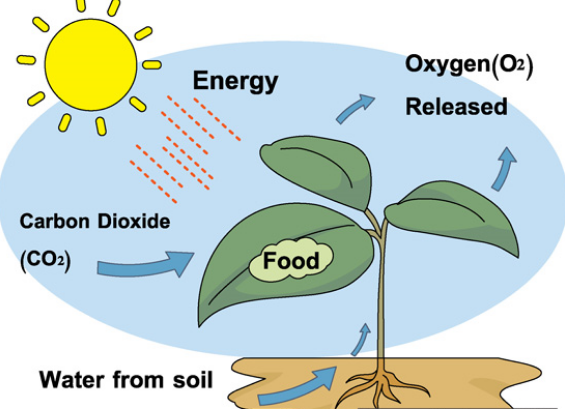
Video Review
Think about the leaves you saw in the video.
What shapes did you see?
Did you notice any differences in coloration?
Draw a picture of a leaf with as much detail as you can!
I saw a leaf that was in the shape of a chicken.
Apparently, it’s from a poultree
Under the Skin
Dissect a Bell Pepper (or any other vegetable in your fridge)
Now that we’ve looked at a few vegetables at different stages of their life cycles, let’s take a closer look under the skin of a vegetable by cutting into it and examining it, or dissecting it. You will need some help from an adult for this activity. Choose a fresh vegetable and the next time your family cooks a meal, watch your adult slice the vegetable in half. Examine the inside closely – what do you see? Can you see the seeds? Was the skin hard or soft? Bumpy or smooth? How does the (flesh) inside look different than the outside (skin)? Is it dry inside or juicy? Is it hard or soft? Ask your adult to slice specific sections that you are interested in to investigate them further. Then draw a picture of the vegetable before and after your dissection. Are there any more vegetables that you are interested in taking a closer look at? Try to predict what two additional vegetables would look like inside if you dissected them.
Beneath the Ground, Vines Abound, or Jack the Beanstalk?
They all do it different, did you know? There are several ways that vegetables grow.
Roots (grow underground)
- Carrots
- Beets
- Onions
- Garlic
- Parsnips
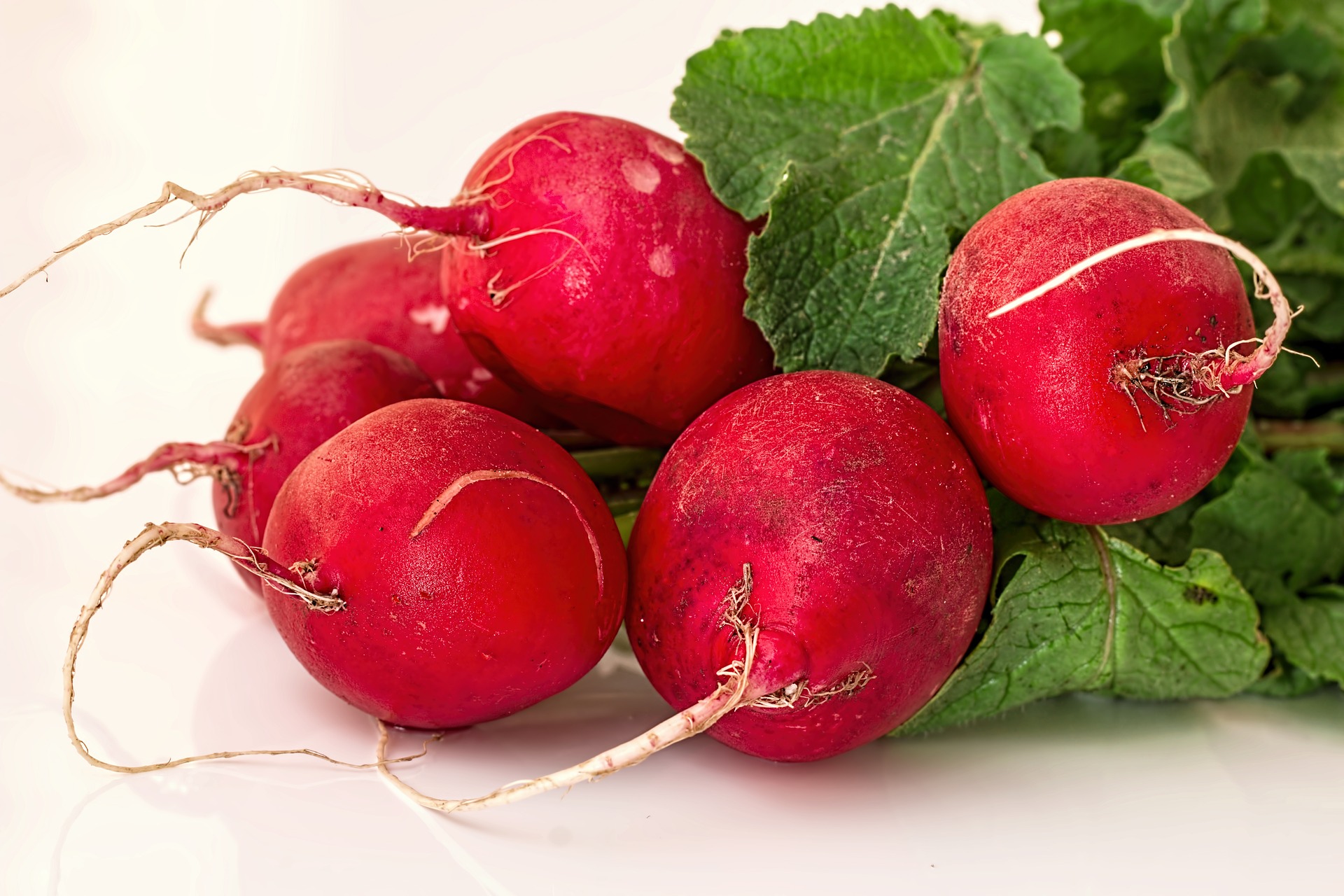

Vines (grow as a bush low to ground if heavy or climb vertically if lightweight)
- Squash
- Pumpkin
- Peas
- Pole Beans (or Green Beans)
- Zucchini
- Cucumber
- Tomato*
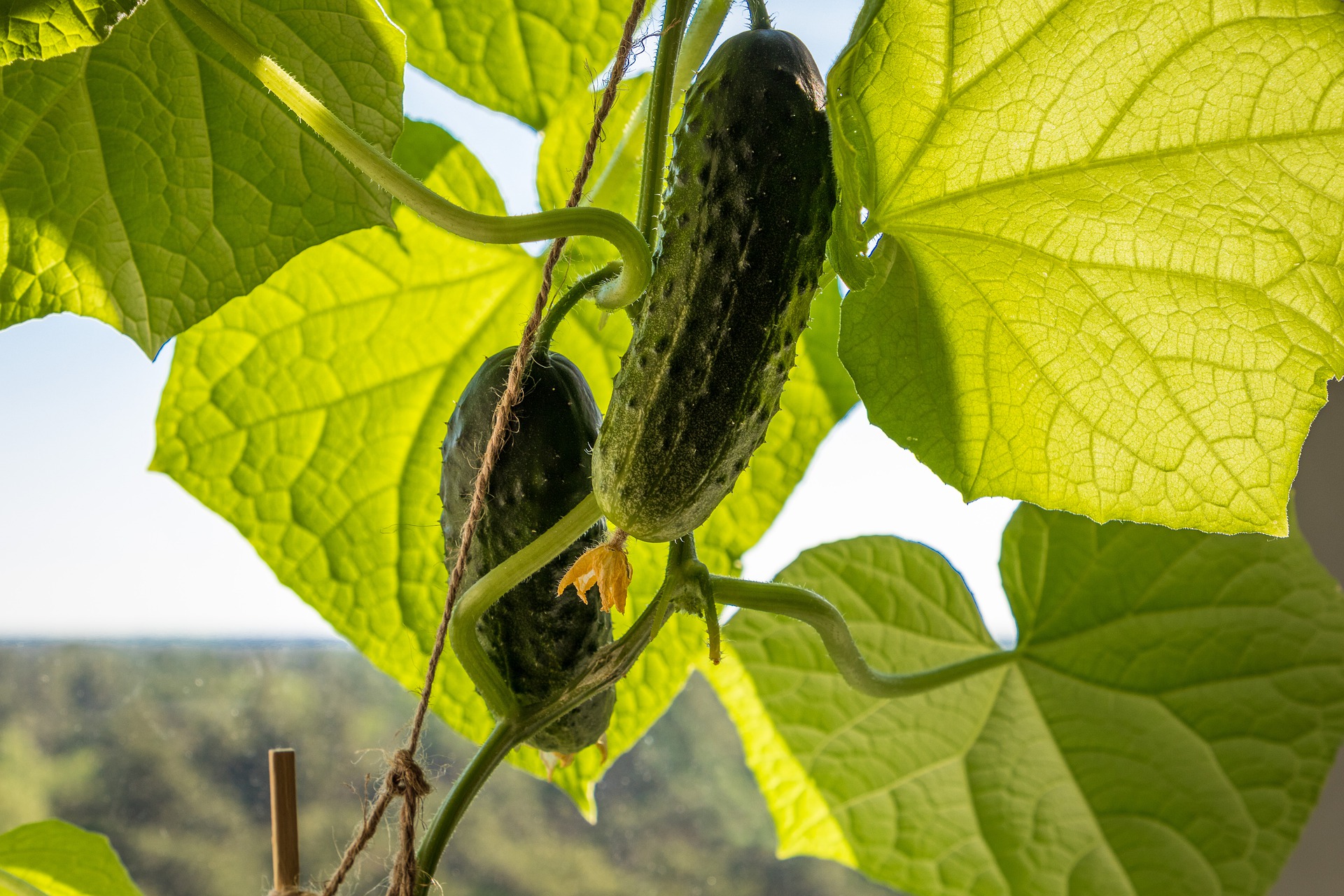
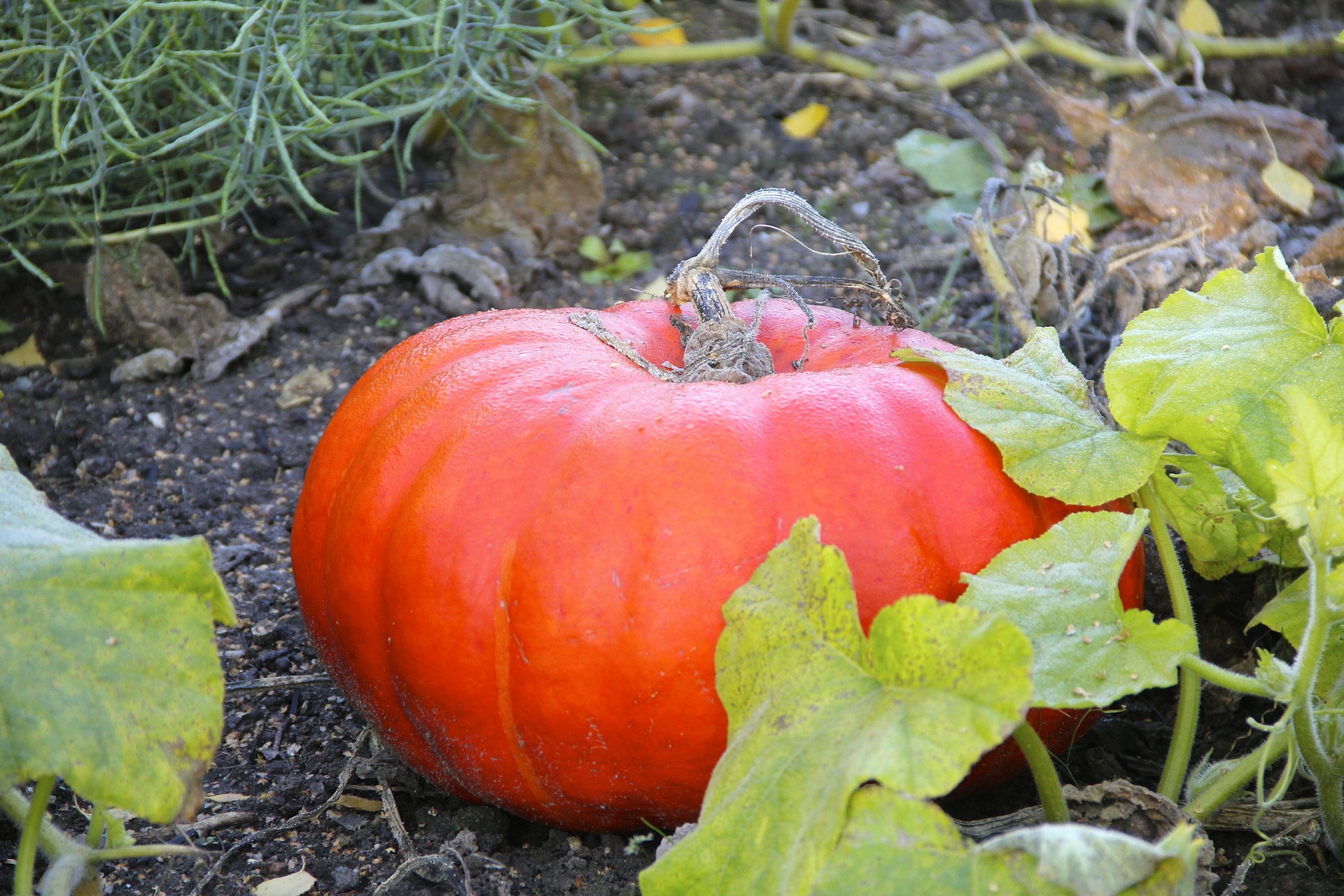
Stalks (grow similar to a tree trunk)
- Corn
- Asparagus
- Broccoli
- Cauliflower
- Leaks
- Cabbage
- Brussel Sprouts
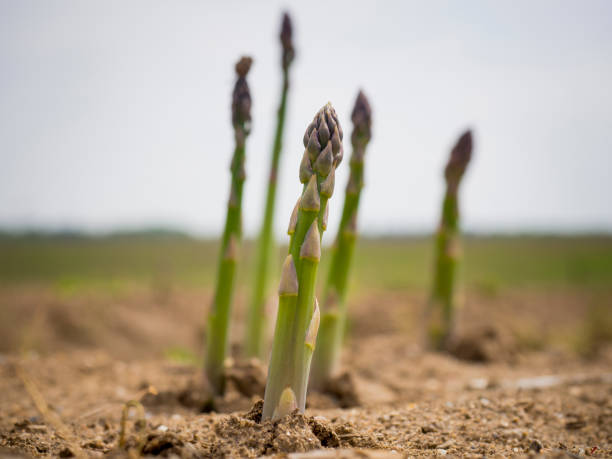
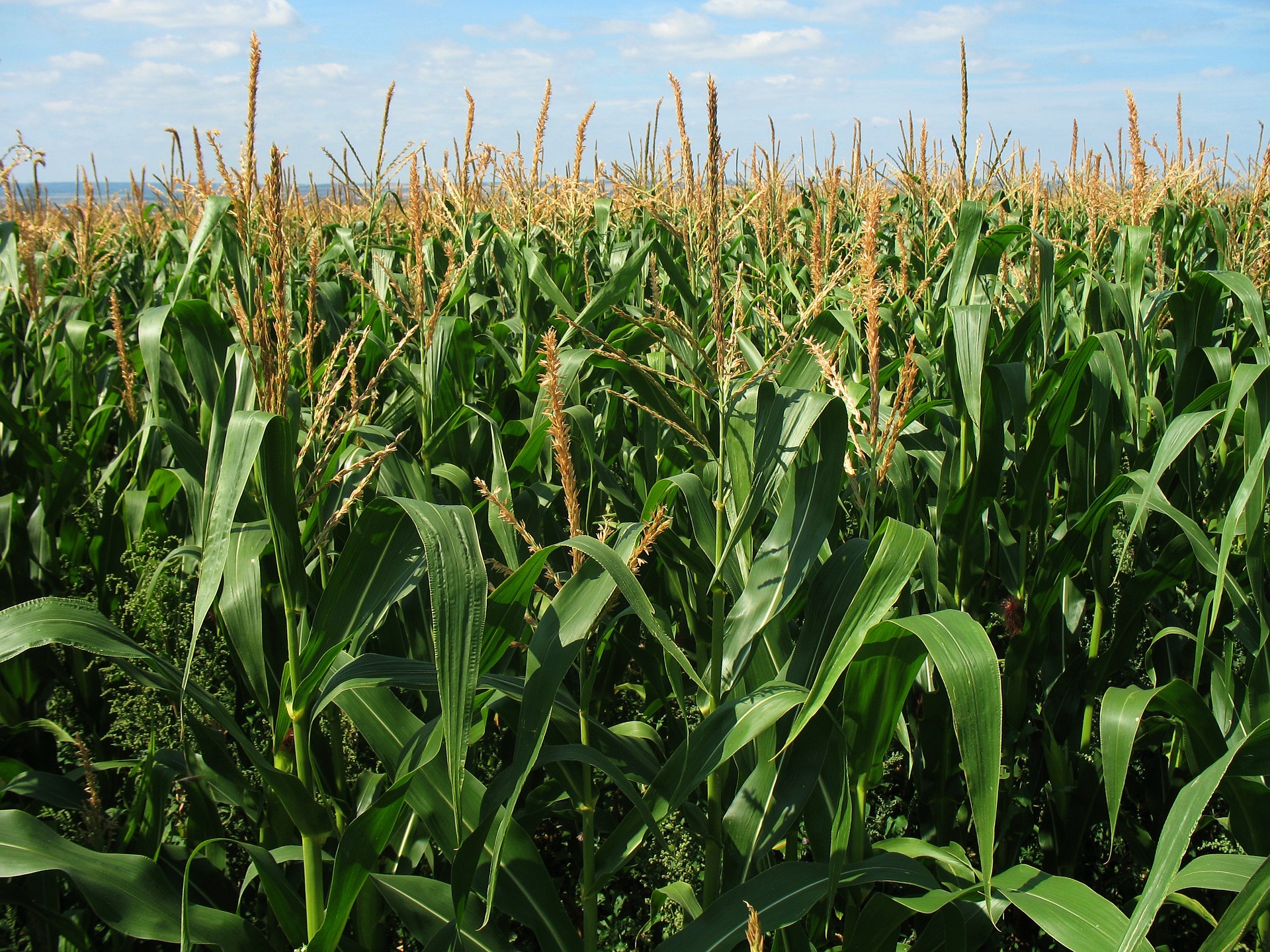
That's all folks!
Hope you enjoyed learning about the plant life cycle and how cool vegetables are! Now go eat your vegetables!
Hungry for more?
Here are some ideas for animal and science themed veggie snacks to make eating vegetables even more fun!
